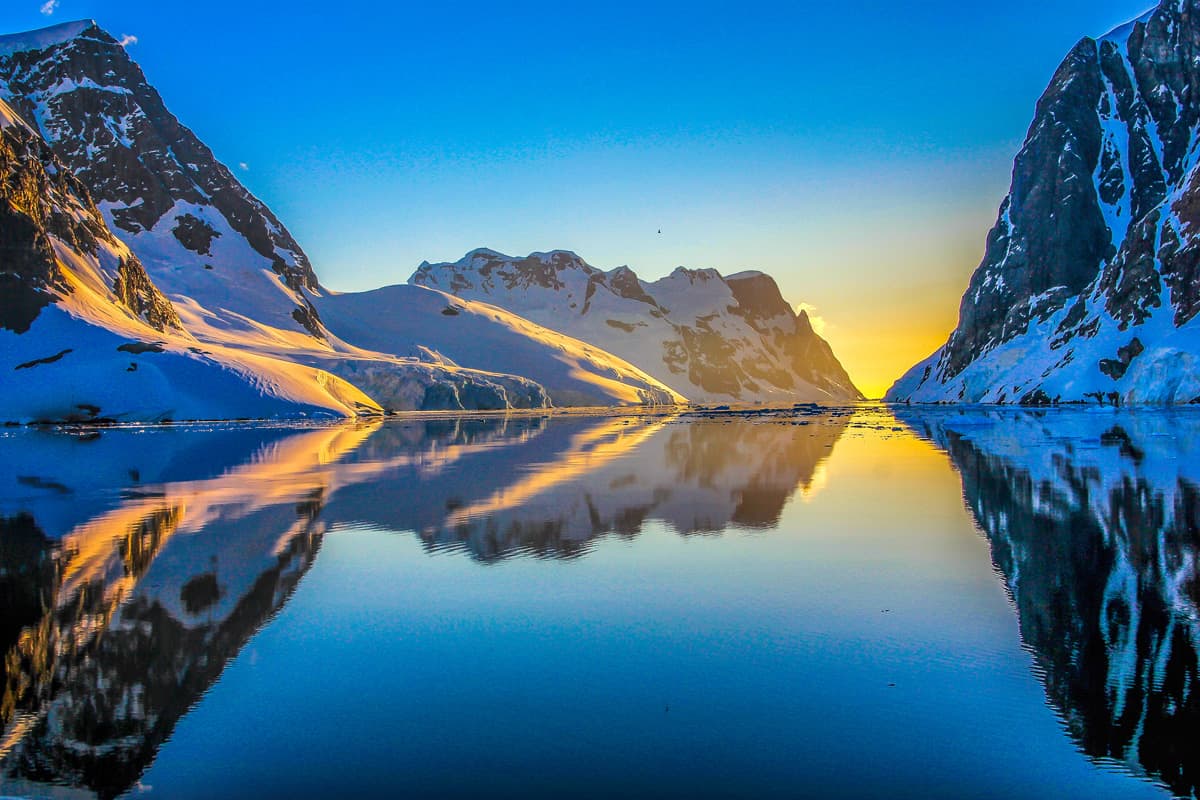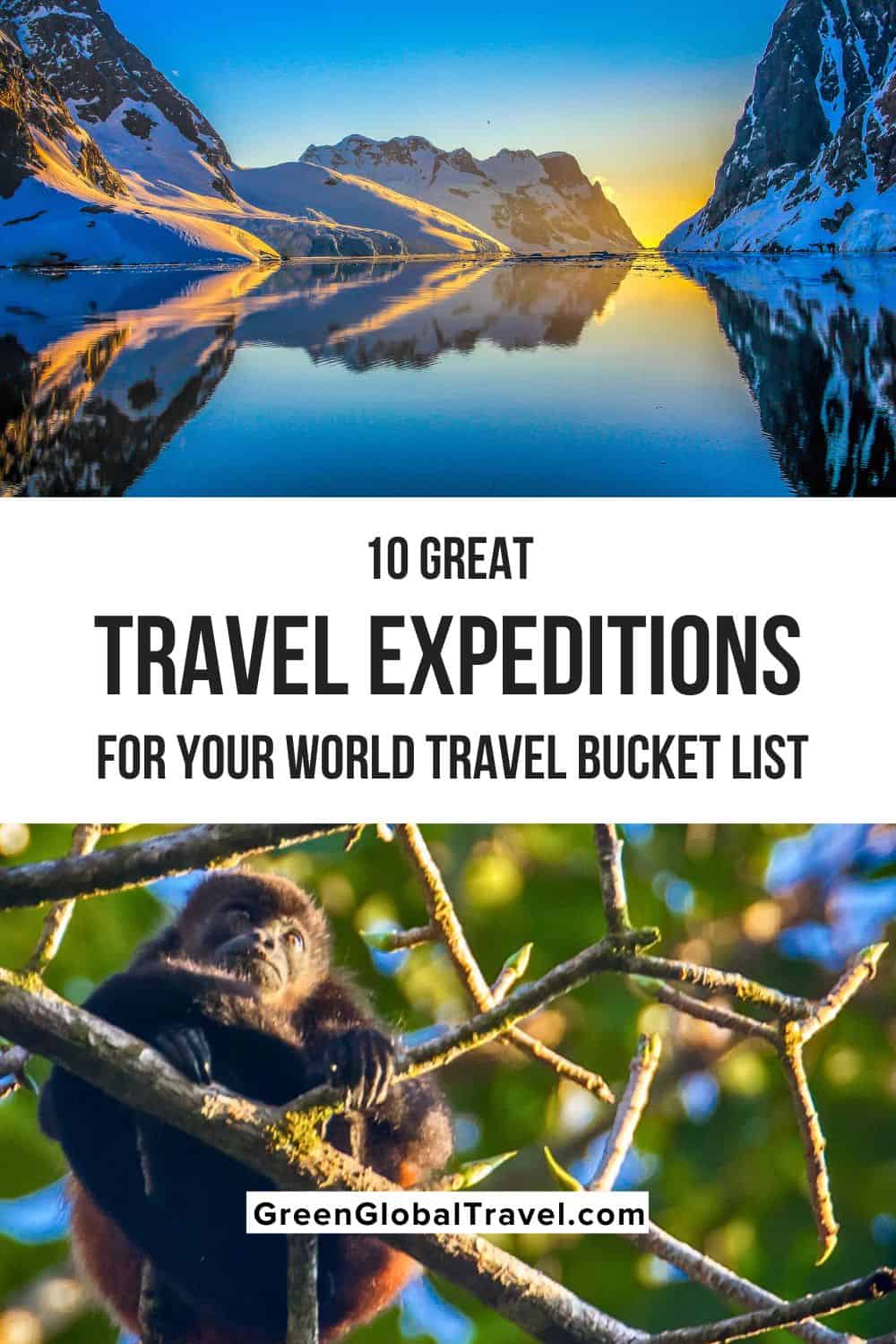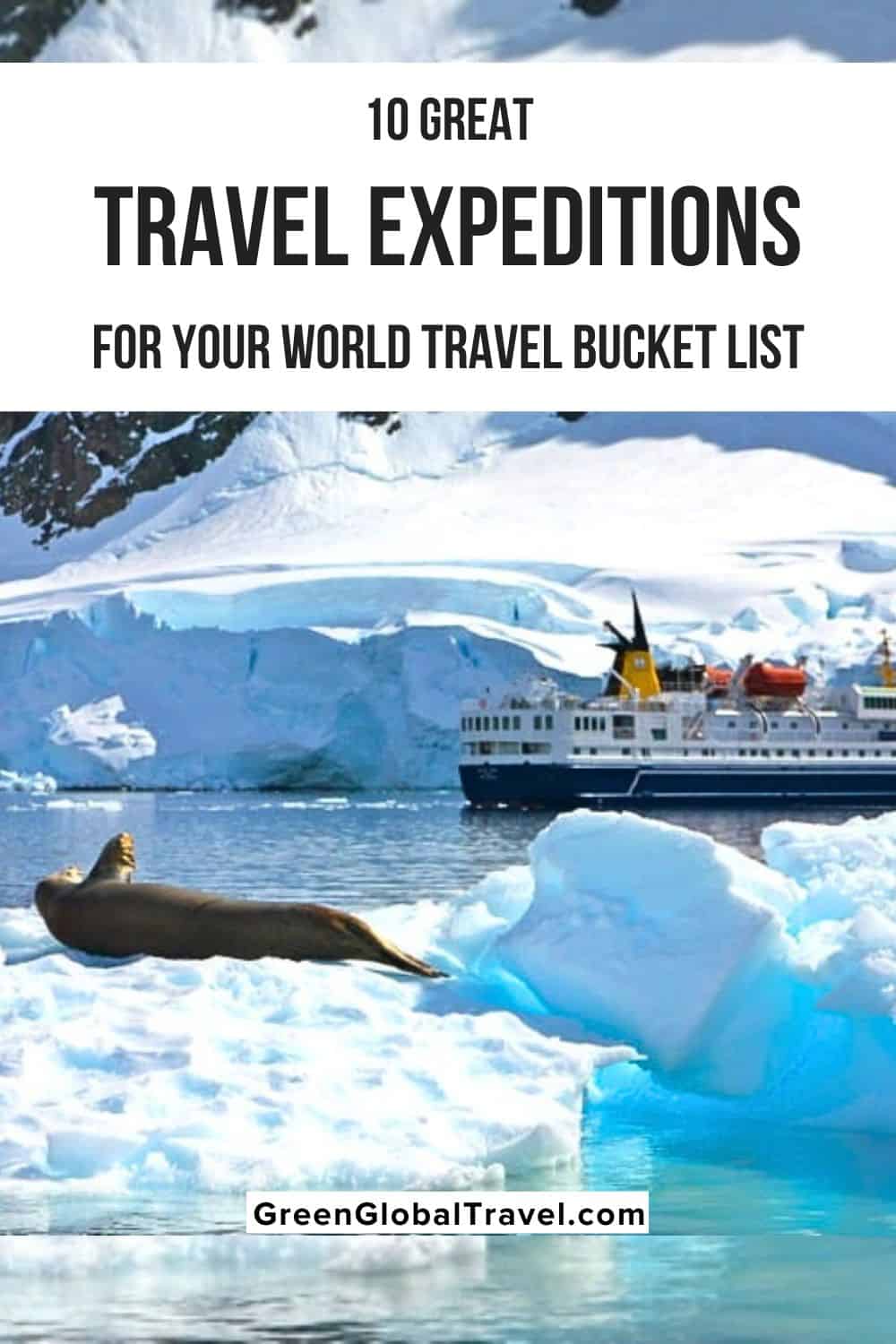If your primary travel goal is to fully explore a place, its people, and the local culture, you may want to consider expedition travel.
The main point of this form of travel is to seek out the je ne sais quoi that makes each destination unique.
It’s all about tasting the traditional food, hearing the music, learning about the history, and seeing the forest beyond the trees.
Travel expeditions offer a greater sense of who we are, but that comes from a deeper understanding of who others are.
Read on for our in-depth guide to 10 of the best expedition trips in the world, including expedition adventures on six of the seven continents and tips on the best tours.
READ MORE: 20 Best Caribbean Islands to Visit (If You Love Nature & Hate Crowds)
BEST TRAVEL EXPEDITIONS GUIDE
- Amazon
- Antarctica
- Australia’s Outback
- East African Safaris
- Ancient Egypt
- Galapagos Islands
- Himalayas
- Machu Picchu & the Inca Trail
- Patagonia
- Polynesian Islands
READ MORE: What Is Ecotourism? (The History & Principles of Responsible Travel)

1. The Amazon
In terms of the world’s truly wild places, there are few, if any, that compare to the Amazon. The world’s largest river is tops on many a traveler’s bucket list, and it’s undoubtedly one of the best places for an in-depth expedition.
Its murky waters are filled with mysterious creatures, both dangerous and enchanting. Its gargantuan forest– the biggest tropical rainforest on the planet– is impossibly dense, with diverse species of trees and a vast array of wildlife.
The indigenous people living along its shores (known as Ribereños) and beneath its canopy are arguably among the least swayed by modern conveniences.
The Amazon isn’t accessible by car (in fact, it doesn’t have a single bridge across it), but it can be explored by boat. Small ship cruises take groups on incredible expeditions into the far reaches of the massive river system.
There are so many reasons to visit the Amazon. Travelers can see pink river dolphins, scarlet macaws, and howler monkeys. They can visit wetland reserves, fish for piranha, swim in the river, and visit local villages.
The Amazon River accounts for 20% of the world’s fresh water, flows over 4,000 miles, and is surrounded by over one billion acres of forest. That’s a lot to explore!
READ MORE: 21 Incredible Animals That Live in the Amazon Rainforest

2. Antarctica
You won’t likely find a more extreme destination for an expedition than Antarctica. This place is so remote that much of its surface has been mapped only by satellite, having never been observed by humans on the ground.
Completely covered in ice averaging about 1.5 miles thick, Antarctica supports only indigenous populations of climate-adapted plants and animals.
Its waters are frigid enough to dissuade most sea creatures. But that means it’s home to ocean animals that are not often found in other parts of the world, including Penguins, Icefish, Leopard seals, Blue Whales, and more.
Of course, Antarctica is not the sort of destination where you can go out on aimless jaunts. Not only are the temperatures sometimes frightening—it is the coldest continent on earth—but the expanse of ice can be disorienting.
In other words, expeditions to Antarctica tend to be via boat and carefully coordinated by responsible tour operators.
This is truly a destination unlike any other on the planet. Animals congregate in unbelievable masses. Humans have yet to conquer it, but somehow, we can still behold the edges of it in wild wonder.
READ MORE: 30 Antarctic Animals You Can See on an Antarctica Cruise

3. Australia’s Outback
The Australian Outback simply refuses to be tamed. Depending on where in Australia you are when you ask, its boundaries could be anything west of Sydney to hours inland.
Spanning 2.5 million square miles, the Outback is the symbol of Australia, encompassing every state on the continent. Nearly three-quarters of the Outback is arid desert. But, due to its vastness, the temperature and climate can vary significantly from north to south.
Like the rest of Australia, it is home to unique wildlife, including Emus, Kangaroos, and memorable-looking lizards known as Thorny Devils.
An Australian road trip through the Outback is an epic 4-day journey through nothingness. The train trip is very expensive and takes 50+ hours without getting off for stops.
Then there’s flying, which is what most people do. Cruise ships can stick to the remote coast and stop for diversions further inland.
In the extreme northwest, the state of Kimberley, Australia is wrought with rich Aboriginal culture, beautiful waterways, incredible geological formations, and cool weird animals, including enormous saltwater crocs!
READ MORE: 20 Weird & Cute Australian Animals
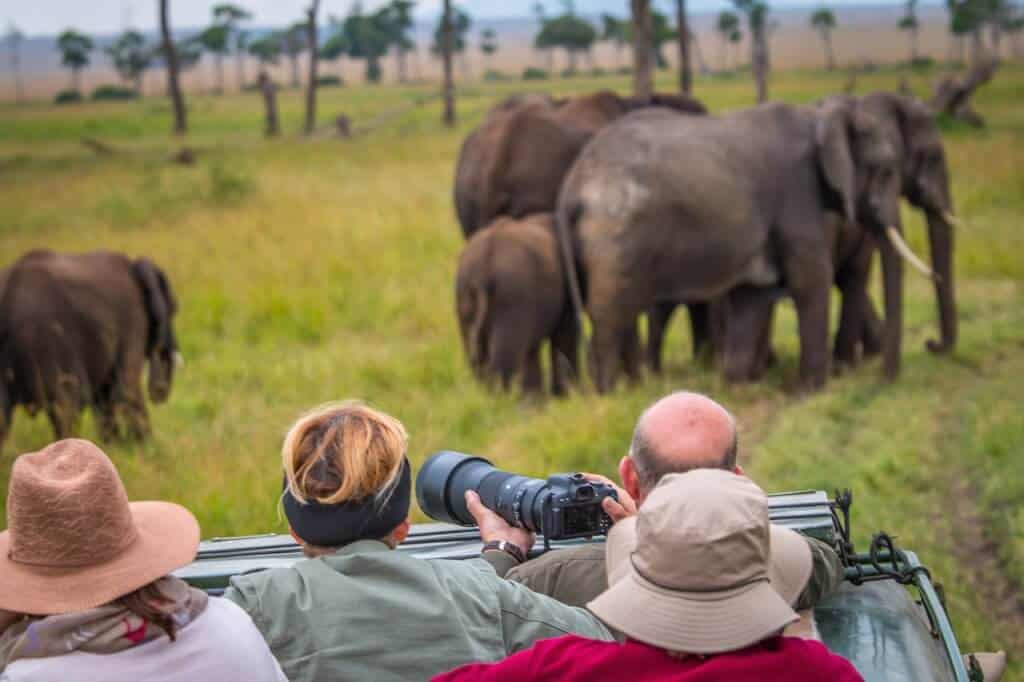
4. East African Safaris
If there were but one place in the world you could take a wildlife-focused expedition, how could anything possibly top East Africa?
Zimbabwe’s Hwange National Park alone is home to over 100 species of mammal and 400 types of birds. Whether you choose to visit Kenya, Rwanda, Tanzania, Uganda, Zimbabwe, or some combination thereof, an East African safari is like something out of a dream.
We’ve all seen these iconic endangered African animals so many times on television and in zoos, it almost seems like that’s where they exist.
Then, suddenly, you find yourself watching huge herds of African elephants crossing the savanna, the heads of hippos and crocodiles skimming the water’s surface, or a pride of lions on the Serengeti. What an incredible sight to see!
African safaris take travelers deep into the wilderness, often into remote camps that are not easily accessible.
Typically, camps are set up near watering holes or salt licks, where animals often saunter in for a spell. Jeeps drive out to find grazing zebras, migrating wildebeest, and lanky giraffes on the move.
Suffice it to say, this is one of those incredible adventure expeditions everyone should do at least once in their lifetime!
READ MORE: The 20 Safest Countries in Africa to Visit

5. Ancient Egypt
Perhaps no ancient architectural accomplishment in human history garners more press and admiration than the great pyramids of Egypt.
There are many familiar names in Egypt’s extensive list of historical treasures: The Sphinx, Cleopatra, the Pyramids of Giza, King Tut, the Nile River.
Suffice it to say, UNESCO has had a field day with World Heritage Sites in Egypt, and there are about five times as many still waiting for recognition on the tentative list.
Lots of people settle for seeing the structures convenient to Cairo. But a good Egypt expedition will explore the cities of Luxor and Aswan as well, and a cruise along the Nile River– the highway of ancient Egypt– is an absolute must.
This type of sightseeing is vastly improved when you go with a knowledgeable guide who can point out the detailed minutiae of each site and provide historical background information.
Any good Egypt expedition will have knowledgeable specialists to help immerse travelers in the scene.
READ MORE: The 7 Safest Countries in the Middle East for Americans to Visit

6. Galapagos Islands
In the middle of the Atlantic Ocean, 600-plus miles for from the nearest shore of Ecuador, the Galapagos Islands appear to be a rather humble archipelago.
Where Africa and the Amazon have vast land for animals to roam, the Galapagos Islands seems to hug its decidedly distinct fauna and flora in.
Ever since Charles Darwin popularized the place with the early 19th century voyage of The Beagle, scientists and naturalists have studied its wildlife and plants while geologists have investigated its volcanic origins.
Widely considered one of the world’s best small ship cruises, the Galapagos Islands are fairly difficult to explore thoroughly without taking an expedition.
Due to its unique and fragile ecosystem, the archipelago is well protected. And though travelers are welcomed, the footprint of tourism is kept as low-impact as possible.
We want to keep it that way because the diverse array of Galapagos Islands animals are practically fearless of human interaction.
The islands are best-known for Giant Tortoises, Marine Iguanas, and warm-climate Penguins, as well as Sea Turtles and Sharks. There are also plenty of migrating Whales and birds, including the famous Blue-footed Booby.
READ MORE: Galapagos Birds: 25 Spectacular Species You Can See on a Galapagos Cruise
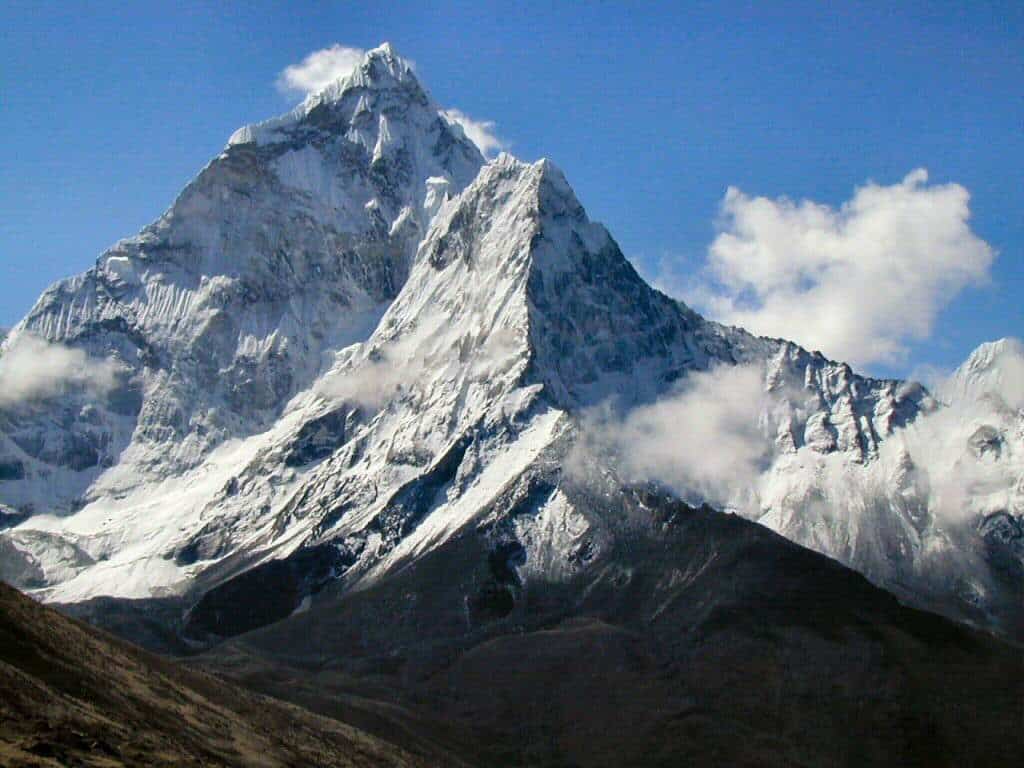
7. The Himalayas
The Top 25 tallest mountains in the world are all in the Himalayas, including such famous climbing summits as Mount Everest and K2. When it comes to mountain expeditions, there is literally no grander place to explore!
To put it in perspective, the Himalayas have nearly 40 mountains that are over 25,000 feet tall. The tallest mountain in the Alps isn’t even 16,000 feet. The tallest in Africa—Kilimanjaro—doesn’t even touch 20,000.
The Himalayas are home to famously lofty religious sites, including the cliff-hanging Tiger’s Nest in Bhutan.
The mountains are also home to beautiful conservation areas, with the renowned Chitwan National Park of Nepal serving as home to One-horned Rhinos, Asian Elephants, and Bengal Tigers.
The most popular expeditions into the Himalayas including visiting and viewing Mt. Everest and exploring the monasteries of Nepal and Bhutan.
Seriously bold climbers might attempt the Annapurna Circuit, which includes six peaks over 23,500 feet high. Though only the 10th highest in the world, Annapurna is arguably the most dangerous mountain to climb.
READ MORE: 20 Best Mountains in the World (For Your World Travel Bucket List)
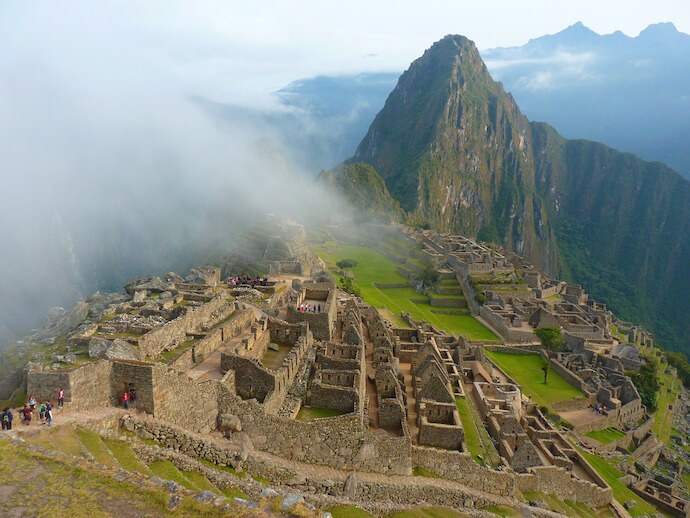
8. Machu Picchu & the Inca Trail
The hike along the Inca Trail that leads to its famed archeological site, Machu Picchu, is perhaps the most sought-after travel expedition on the planet.
High in the mountains of Peru, the trail takes visitors back in time and deep into the Inca culture. Machu Picchu, a big-time UNESCO World Heritage Site, just crowns the Andes mountains’ majesty.
It’s an amazing city among the clouds– a testament to how ingenious and industrious the ancient Inca civilization was. Few places on the planet are quite so picturesque.
Hiking the Inca Trail isn’t for the faint of heart. It involves rigorous high altitude exercise for several days in a row. Luckily, expeditions to Machu Picchu can circumvent the extensive hiking: It can even be reached by train!
Any Peru expedition should ideally include getting familiar with the indigenous population, particularly the one found in and around the city of Cusco.
In fact, the communities are so prevalent throughout the country that it’s almost unavoidable. Luckily, it’s an extremely colorful culture, with exceptional textiles, music, and food.
READ MORE: The 20 Best Places to Visit in South America
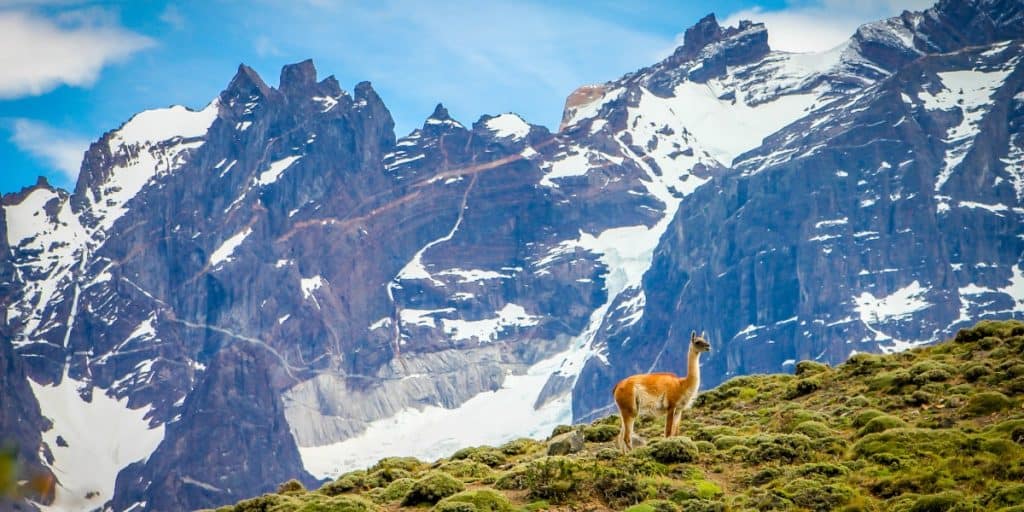
9. Patagonia
The breathtaking landscape of Patagonia is one of dramatic views, unique wildlife, and seriously beautiful glaciers.
Any awesome Patagonia expedition must include time in Torres del Paine National Park, a UNESCO Biosphere Reserve packed with snow-clad peaks, green valleys, sparkling lakes, craggy massifs and unusual flora.
There are also the Southern Ice Fields, the Grey Glacier, Milodon Cave and Salto Grande (“Big Jump”), a massive waterfall. Additionally, you’ll find unique endemic animals, including Rheas, Guanacos, Andean Condors, and more.
It can take a lot of planning to explore Patagonia properly, requiring several modes of transportation. The remote region is located at southern tip of South America, so an expedition is a great way to get the most of it.
Beyond Torres del Paine, El Calafate has the gigantic Perito Moreno Glacier, which constantly loses large chunks of ice into a lake.
Los Galciares National Park has more glaciers to view, as well as green valleys and roaring waterfalls. And Cape Horn is the southernmost point of the Americas. All are worth including in any trip to this fantastic region!
READ MORE: 20 Awesome Tips for Planning Your Patagonia Trip
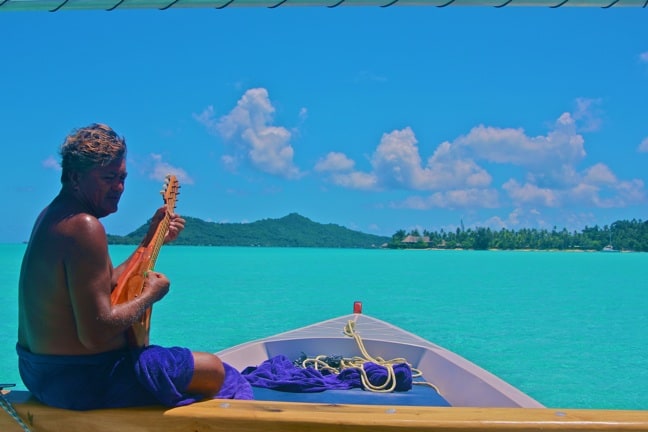
10. The Polynesian Islands
Perhaps no other place on the planet provides such a stunning vision of tropical paradise as the Polynesian Islands.
A scattered array of tiny landmasses located out in the middle of the Pacific Ocean, Polynesia is replete with show-stopping coastlines, dynamic volcanic landscapes, and swaying coconut palms.
Polynesia culture and history is almost as renowned as its ocean breezes and peaceful lagoons. Their petroglyphs and monoliths, such as the stone heads of Easter Island, provide glimpses of ancient tribal history.
While lots of people choose to visit one of the islands on a luxury vacation, cruise expeditions can be equally as luxurious, but with poignant experiences as well.
A small ship cruise can sail from island to island, exploring the different coral formations, animals, cultural highlights, and local foods. It’s much too far to travel just to sit on a beach the whole time!
The Polynesian islands are dotted with UNESCO World Heritage Sites, such as Henderson and Easter Island. They’re full of amazing sailing stories, such as the tiny population of the Pitcairn Islands.
There are also unusual birds, marine mammals, and colorful fish. If paradise is a real thing, the term could fit many of these idyllic destinations! –by Jonathon Engels
